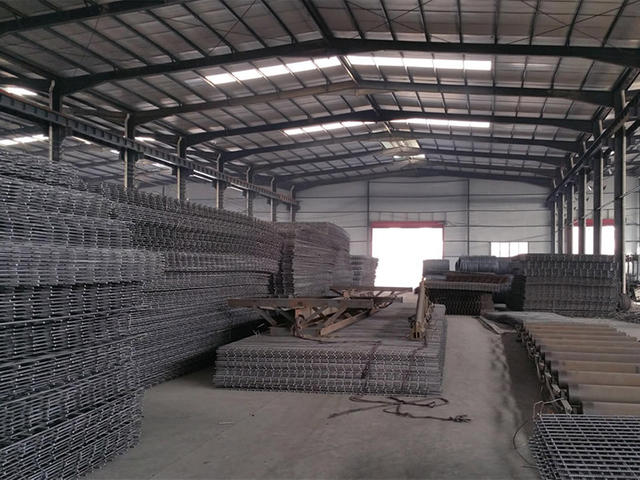Aug . 18, 2024 15:09 Back to list
Top Manufacturers of Welded Wire Mesh Products for Various Applications
Welded Wire Mesh Factories An Overview of Production and Applications
Welded wire mesh is a crucial component in various industrial and construction applications, providing strength, durability, and versatility. Factories that produce welded wire mesh play an essential role in meeting the demand for this product, which is used in construction, agriculture, manufacturing, and more. Understanding the processes involved in these factories and the diverse applications of welded wire mesh can provide insight into its significance in modern infrastructure and industry.
The Manufacturing Process
The production of welded wire mesh begins with the selection of high-quality steel wire. The chosen wire is typically cold-drawn and coated to enhance its durability and resistance to corrosion. Once the raw materials are prepared, they are fed into a mesh welding machine. The machine automatically arranges the wires in a grid format and applies heat to weld the intersections together, ensuring a strong bond.
The welding process is key to the mesh's integrity, and factories utilize various welding techniques, such as spot welding and resistance welding, to achieve optimal results. After welding, the mesh is usually passed through a series of tests to ensure it meets industry standards for strength and quality. These tests can include tensile strength tests and assessments for uniformity and stability.
Following the quality checks, the welded wire mesh is cut to specified sizes and shapes based on customer requirements. The final products may be treated with corrosion-resistant coatings, such as galvanization, to enhance longevity. Once packaged, the mesh can be shipped to various industries for a wide range of applications.
Applications of Welded Wire Mesh
Welded wire mesh is incredibly versatile and is utilized in numerous sectors. One of the most common applications is in the construction industry, where it is used in concrete reinforcement. The mesh provides critical support to concrete structures, helping to prevent cracking and enhance longevity.
weld wire mesh factories

In agriculture, welded wire mesh serves various purposes, including creating fencing for livestock, garden enclosures, and crop protection from pests
. Its strength makes it ideal for maintaining secure barriers in rural settings.In the manufacturing sector, welded wire mesh is used in creating various products, including shelves, racks, and cages. The mesh's ability to withstand heavy loads while maintaining its shape makes it an excellent option for industrial storage solutions.
Moreover, welded wire mesh finds applications in the automotive industry, construction of retaining walls, and as security fencing in both residential and commercial settings.
Environmental and Economic Impact
Welded wire mesh factories also contribute to local economies by creating jobs and fostering industrial growth. The demand for sustainable and durable materials has spurred innovations in manufacturing processes, leading to more efficient production techniques and less waste generation.
Additionally, the environmental impact of welded wire mesh is often minimized through the use of recyclable materials and sustainable practices in production. Many factories are now adopting eco-friendly methods, aligning with global sustainability goals and reducing their carbon footprint.
Conclusion
In conclusion, welded wire mesh factories are integral to supplying a product that has wide-ranging applications across various industries. The production process, characterized by advanced welding techniques and quality control measures, ensures that the final products are both durable and reliable. As industries continue to grow and evolve, the importance of welded wire mesh will likely increase, underscoring the significance of these factories in supporting modern construction and manufacturing needs. With ongoing advancements in technology and sustainability, the future of welded wire mesh production looks promising, contributing positively to both the economy and the environment.
-
High-Quality Steel Grating Solutions for Industrial Applications | Durable, Safety, Customization
NewsJul.13,2025
-
Advanced Solutions-CompanyX|Enterprise Efficiency&Cost Reduction
NewsJul.13,2025
-
Sustainable Manufacturing-EcoTech Innovations|Waste-to-Energy System&Zero Emissions
NewsJul.13,2025
-
Welded Wire Mesh- Buildings Wiremesh Co., Ltd.|Durable Construction Material&Industrial Strength Solution
NewsJul.13,2025
-
Smart Production Solutions-Example Corp|AI Automation&IoT Monitoring
NewsJul.13,2025
-
Advanced Industrial Solutions-Advanced Industrial Solutions|Manufacturing Efficiency&Productivity
NewsJul.13,2025

